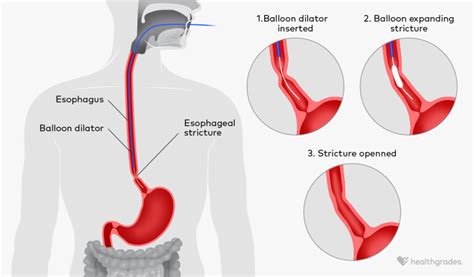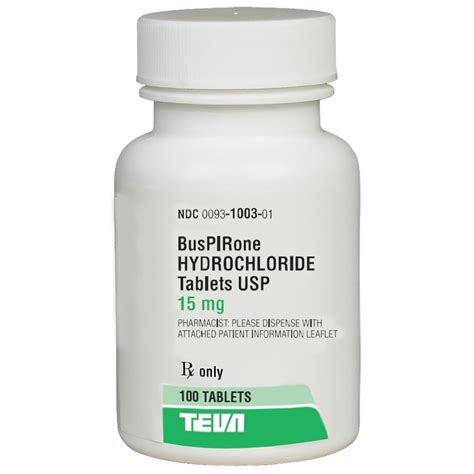Chemical burns, also known as caustic burns, occur when the skin or eyes come into contact with a corrosive substance, causing damage to the tissues. These burns can be extremely painful and may lead to long-term health consequences if not treated promptly and properly. It is essential to understand the severity of chemical burns and the appropriate treatment to minimize damage and promote healing.
Understanding Chemical Burns
Chemical burns can result from contact with various substances, including strong acids, bases, and other corrosive materials. The severity of the burn depends on the type of chemical, the concentration of the substance, and the duration of exposure. Chemical burns can affect any part of the body but are most common on the skin and in the eyes.
Types of Chemical Burns:
- Acid Burns: Caused by substances with a low pH, such as sulfuric acid, hydrochloric acid, and nitric acid. These burns tend to coagulate proteins, leading to the formation of a hard eschar.
- Alkali Burns: Result from substances with a high pH, such as sodium hydroxide, calcium hydroxide, and ammonium hydroxide. Alkali burns penetrate deeper into tissues and can cause more severe damage due to their ability to saponify fats and liquefy proteins.
Immediate Response to Chemical Burns
The first step in treating chemical burns is to remove the affected individual from the source of the burn. This involves carefully removing contaminated clothing and jewelry to prevent further exposure.
Removing Contaminated Clothing and Jewelry
- Carefully Cut Around: If clothing is stuck to the burn, do not pull it off. Instead, carefully cut around the stuck area to avoid causing further damage.
- Rinse with Water: After removing contaminated items, rinse the affected area with plenty of cool or lukewarm water. This helps to dilute and remove the chemical. Avoid using hot water, as it can activate some chemicals and worsen the burn.
Neutralizing the Chemical
- Avoid Neutralization: Contrary to popular belief, attempting to neutralize the chemical with another substance (such as using an acid to neutralize an alkali) is not recommended. This can cause a chemical reaction that releases heat and potentially worsens the burn.
- Flush with Water: The most effective initial treatment is to flush the affected area with water. This should be done for at least 20 minutes or until medical help arrives.
Medical Treatment
After the initial first aid, it is crucial to seek medical attention immediately. The severity of the burn will determine the level of care needed.
Decontamination and Cleaning
- Continued Irrigation: Medical professionals will continue to irrigate the burn with water to remove any remaining chemical residue.
- Removal of Dead Tissue: A process known as debridement may be necessary to remove dead tissue and promote healing.
Medications and Topical Treatments
- Pain Management: Medications may be prescribed to manage pain.
- Antibiotics: To prevent infection, antibiotics may be administered.
- Topical Creams: Depending on the type of burn, specific topical creams or gels may be applied to help with the healing process and to reduce the risk of infection.
Surgical Interventions
In severe cases, surgical intervention may be necessary. This can include grafting skin over the burned area or performing reconstructive surgery to repair damaged tissues.
Preventing Chemical Burns
Prevention is key. Understanding the risks associated with chemicals and taking appropriate safety measures can significantly reduce the incidence of chemical burns.
- Use Protective Gear: When handling chemicals, always wear protective clothing, including gloves, safety glasses, and a face mask.
- Read Labels: Understand the chemical properties and hazards of substances before use.
- Follow Safety Protocols: Adhere to guidelines and protocols for chemical handling and storage.
Conclusion
Chemical burns are serious injuries that require immediate attention. Proper first aid and medical treatment are crucial for minimizing damage and promoting healing. Understanding the nature of chemical burns, how to respond to them, and preventive measures can significantly reduce the risk and severity of these injuries. Remember, if you or someone else is affected by a chemical burn, seek medical help immediately.
What should I do immediately if I suffer a chemical burn?
+First, remove any contaminated clothing and jewelry, then flush the affected area with plenty of cool or lukewarm water for at least 20 minutes. Avoid using hot water or attempting to neutralize the chemical with another substance.
How can I prevent chemical burns?
+To prevent chemical burns, always wear protective gear when handling chemicals, read and understand the labels of chemical substances, and follow safety protocols for handling and storing chemicals.
What are the differences between acid and alkali burns?
+Acid burns are caused by substances with a low pH and tend to coagulate proteins, leading to the formation of a hard eschar. Alkali burns result from substances with a high pH, penetrate deeper into tissues, and can cause more severe damage by saponifying fats and liquefying proteins.


